Every day Herbalism
The Plantain
With summer in full swing, and with my entire family walking around the yard barefoot, I thought it would be a good time to highlight my favorite perennial "weed" that I use to cure bee stings.
Summary:
The mighty plantain has long been used as an herbal remedy for a variety of afflictions. Since Pre-Christian times, the plantain has been celebrated as a cure for many ailments, including cough, bronchitis, sore throats and irritable digestive tracks. It also has a reputation for clearing up insect bites and stings, and was also considered a remedy for snakebites. The plantain has a long history as a medicinal in Europe, and became a favorite in the new world once European settlers brought it over. There are two primary types of plantain. The ribwort plantain, plantago lanceolata and the greater plantain plantago major.
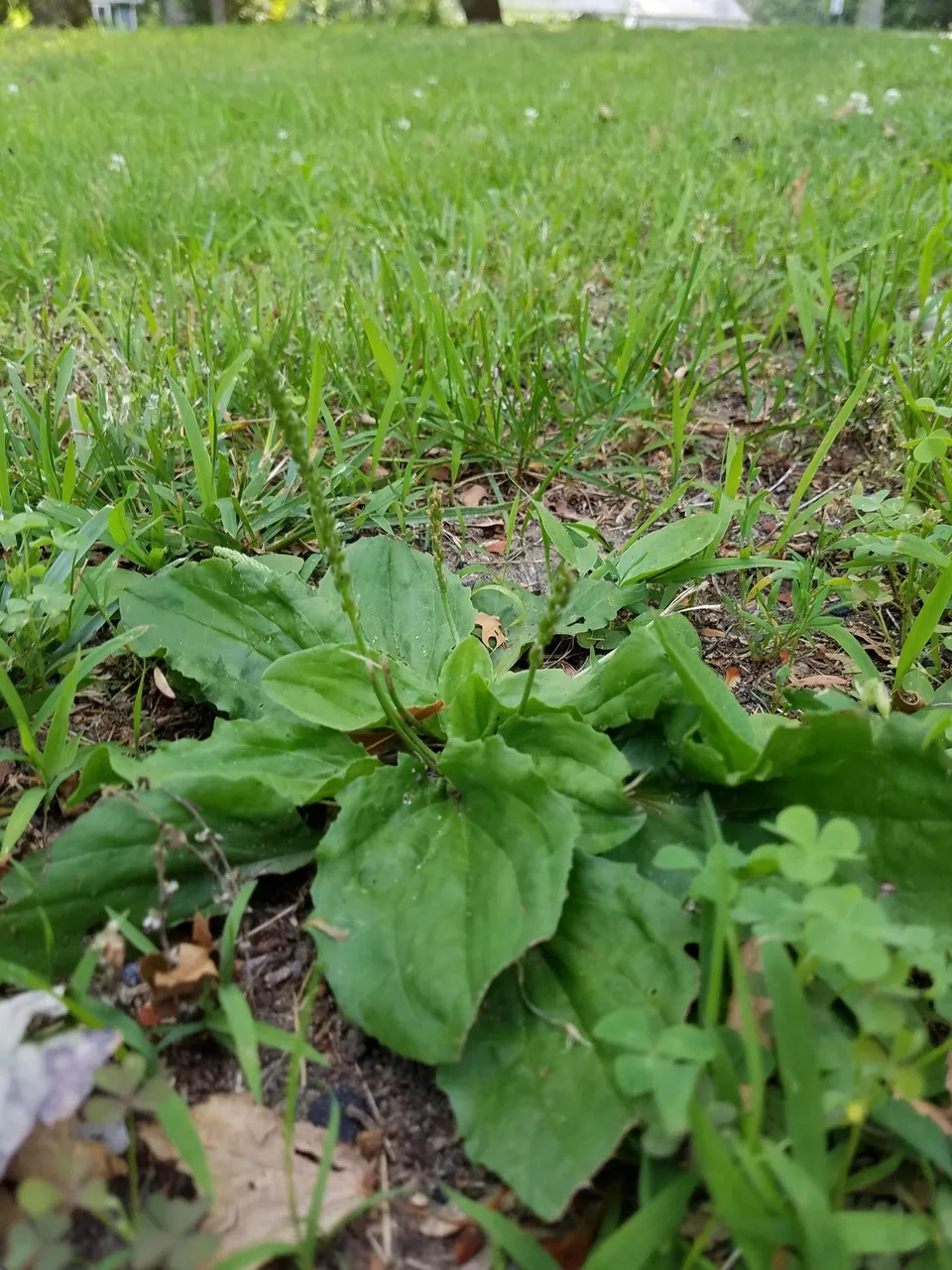
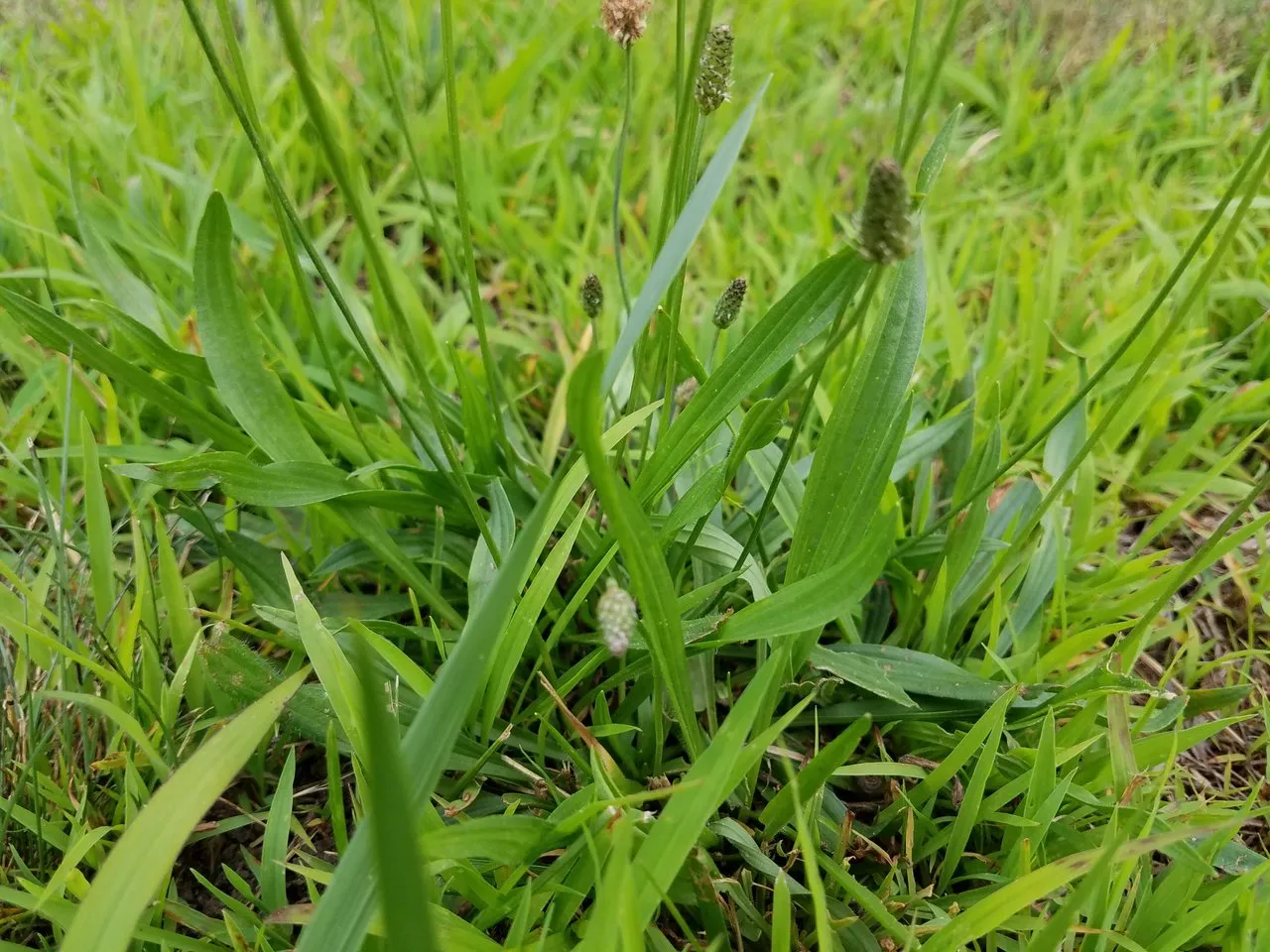
History
In Europe, the plantain has long been a favorite of herbalists. It was one of the nine sacred herbs of the Anglo-Saxons. When European settlers came to the new world, they brought the plantain with them. It was known as “White man’s footprint” among Native Americans, because it followed the settlers everywhere they went. It quickly became a favorite medicinal herb among Native American, often being called “Indian Band-Aid”. It quickly spread across North America, becoming the familiar “weed” that it is now known as.
Habitat
The plantain is a mainstay weed of most American lawns. It thrives in almost every temperate environment. It seems to prefer footpaths and other well-trodden areas where the ground has been compacted. The Anglo-Saxon name for the plantain was ”waybrode” or ”waybread” because of its affinity to grow by the way paths.
Identification
The plantain is a perennial weed. The greater plantain, or broadleaf plantain has wider, oval or egg shaped leaves. Ribwort plantain has longer pointed leaves. The plantain leaves are ribbed and grow as a rosette from the base of the plant. It sends up an erect stalk that grows to about 5 inches.
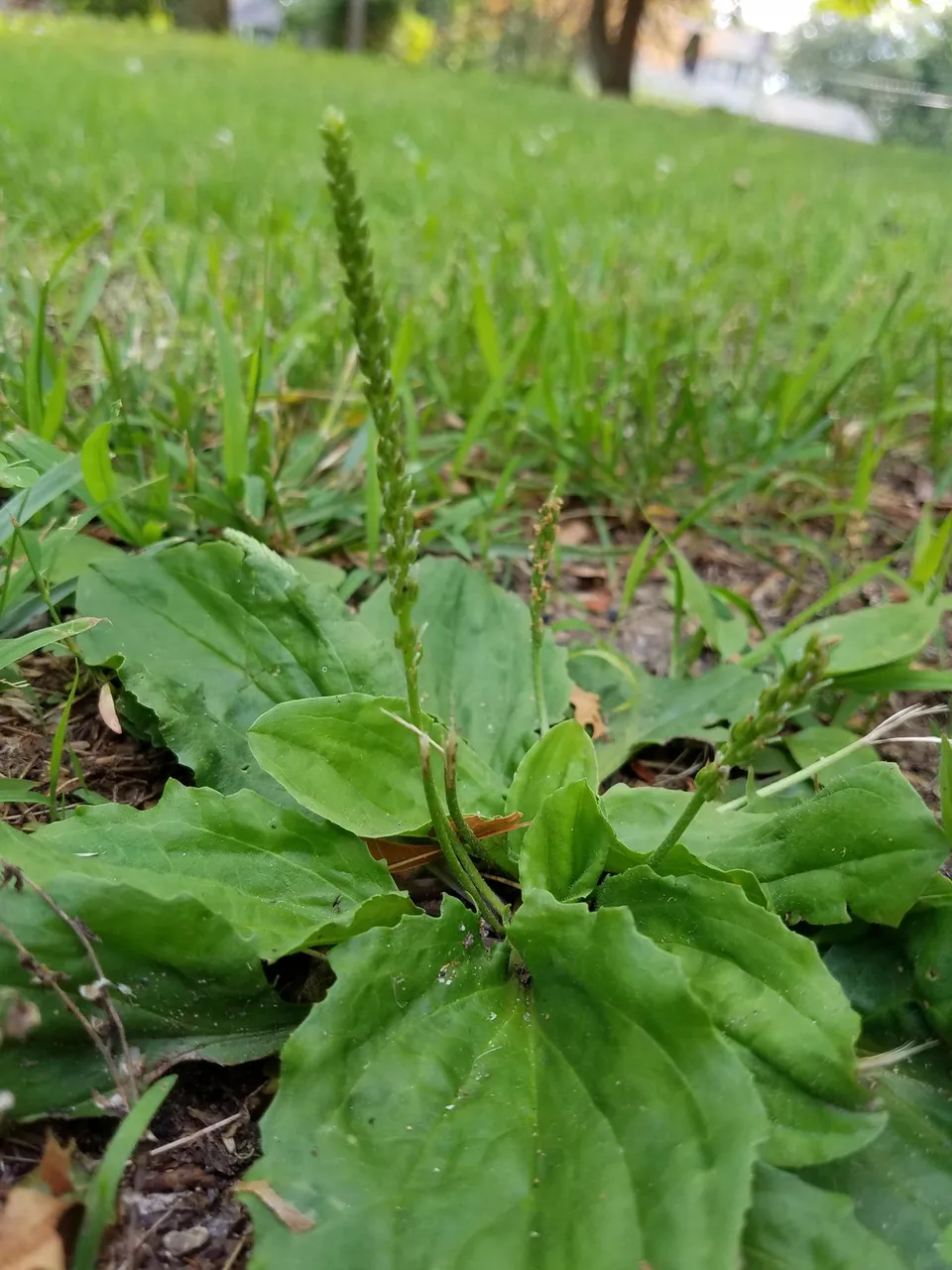
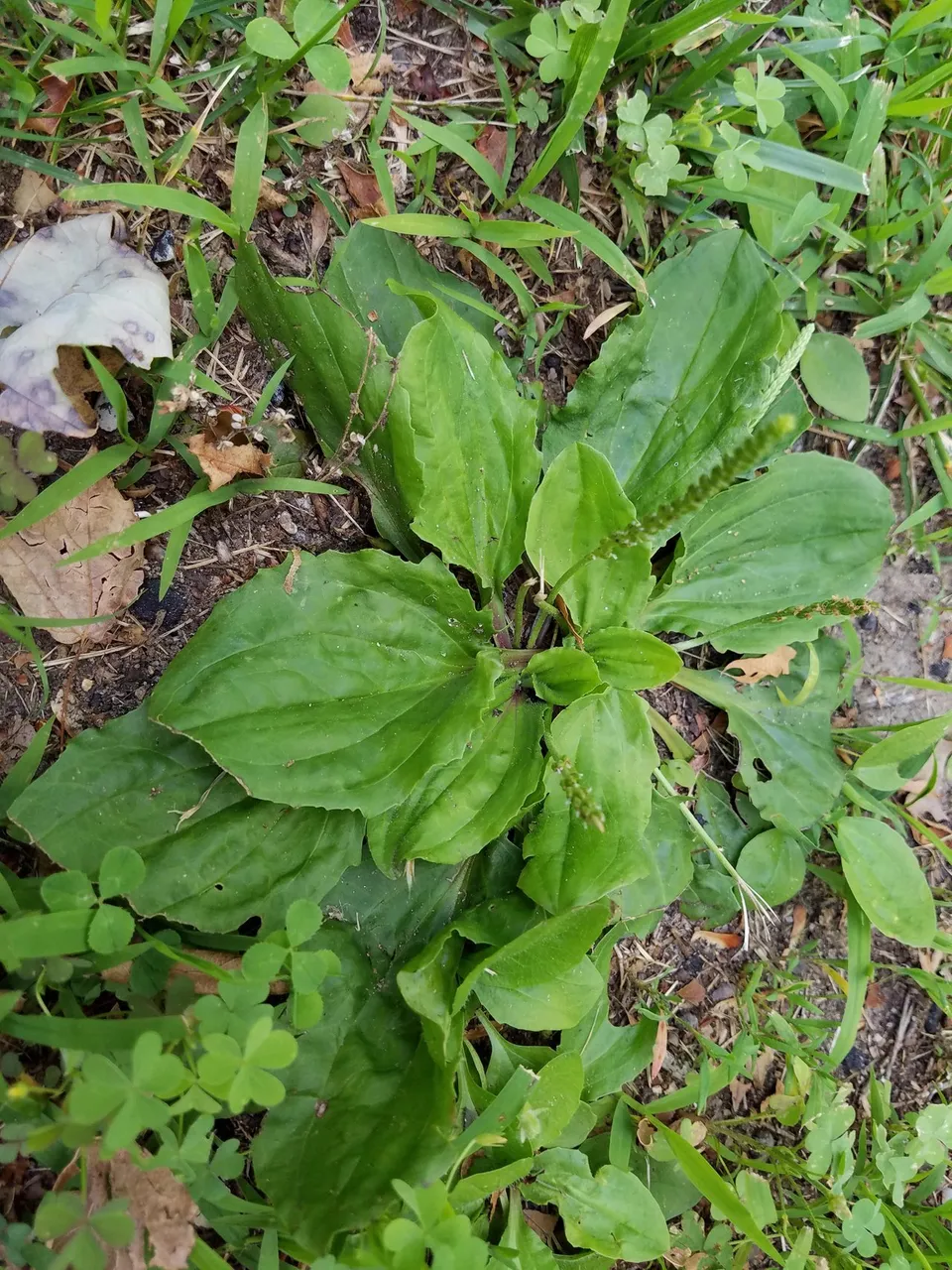
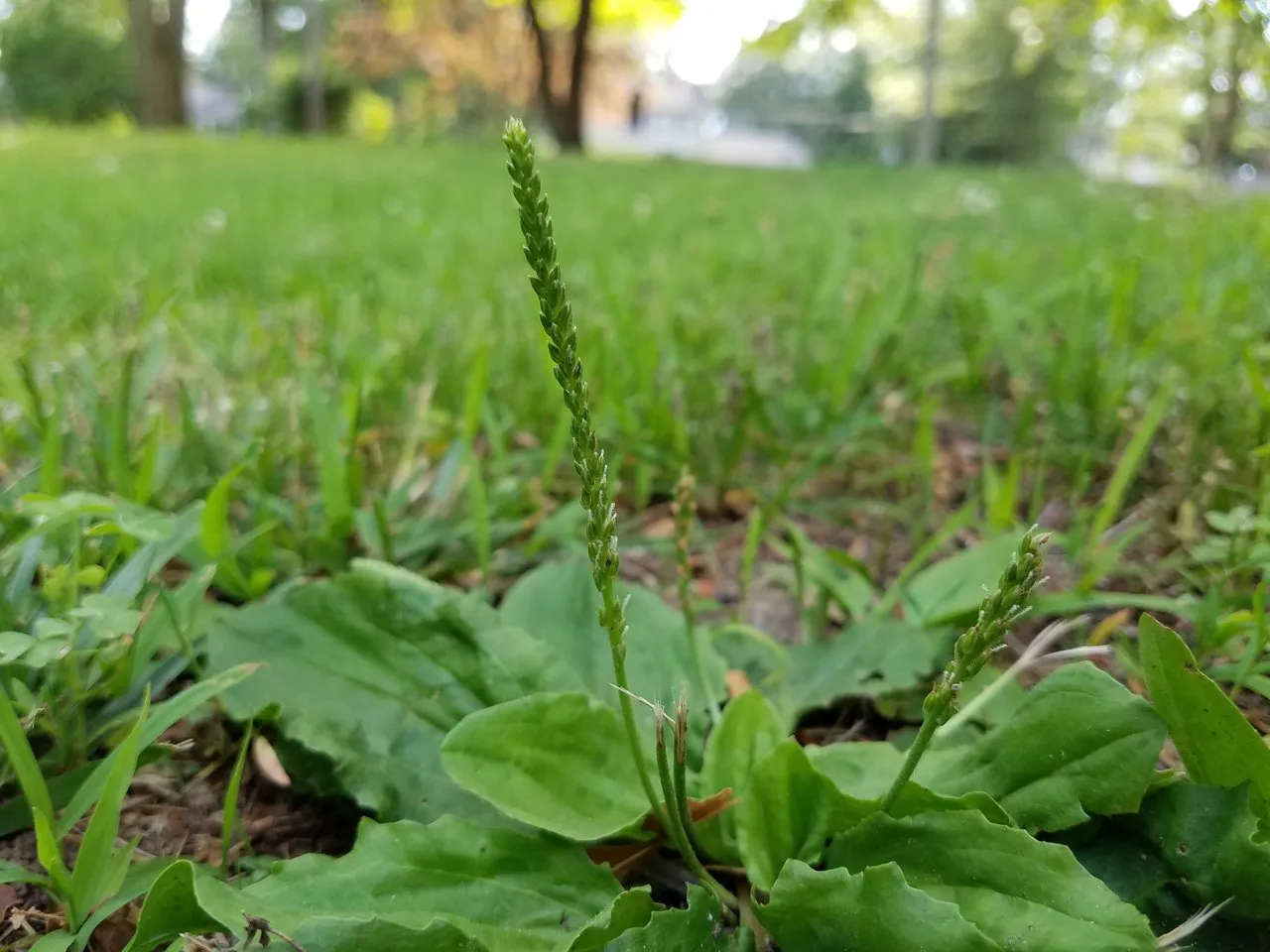
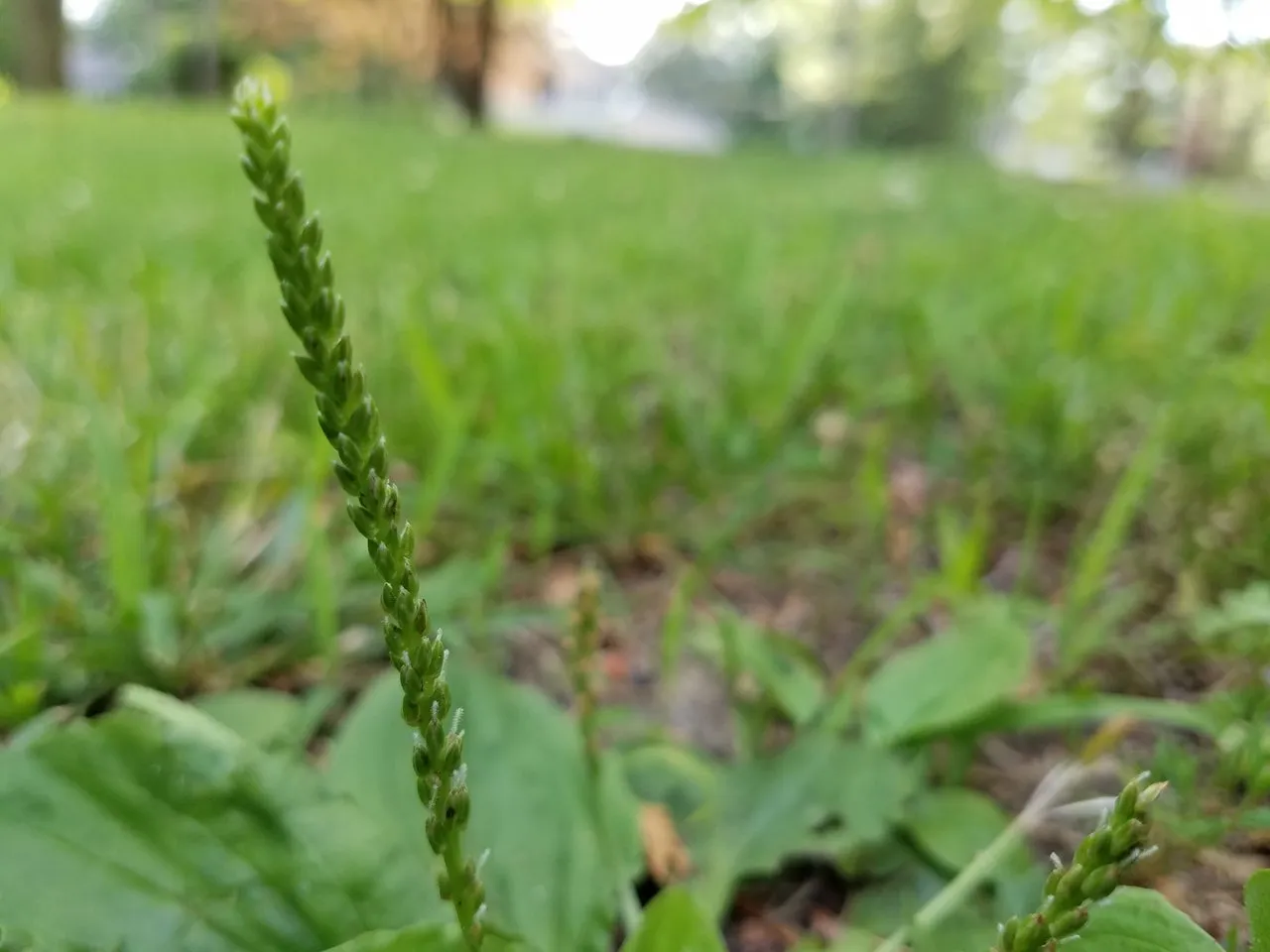
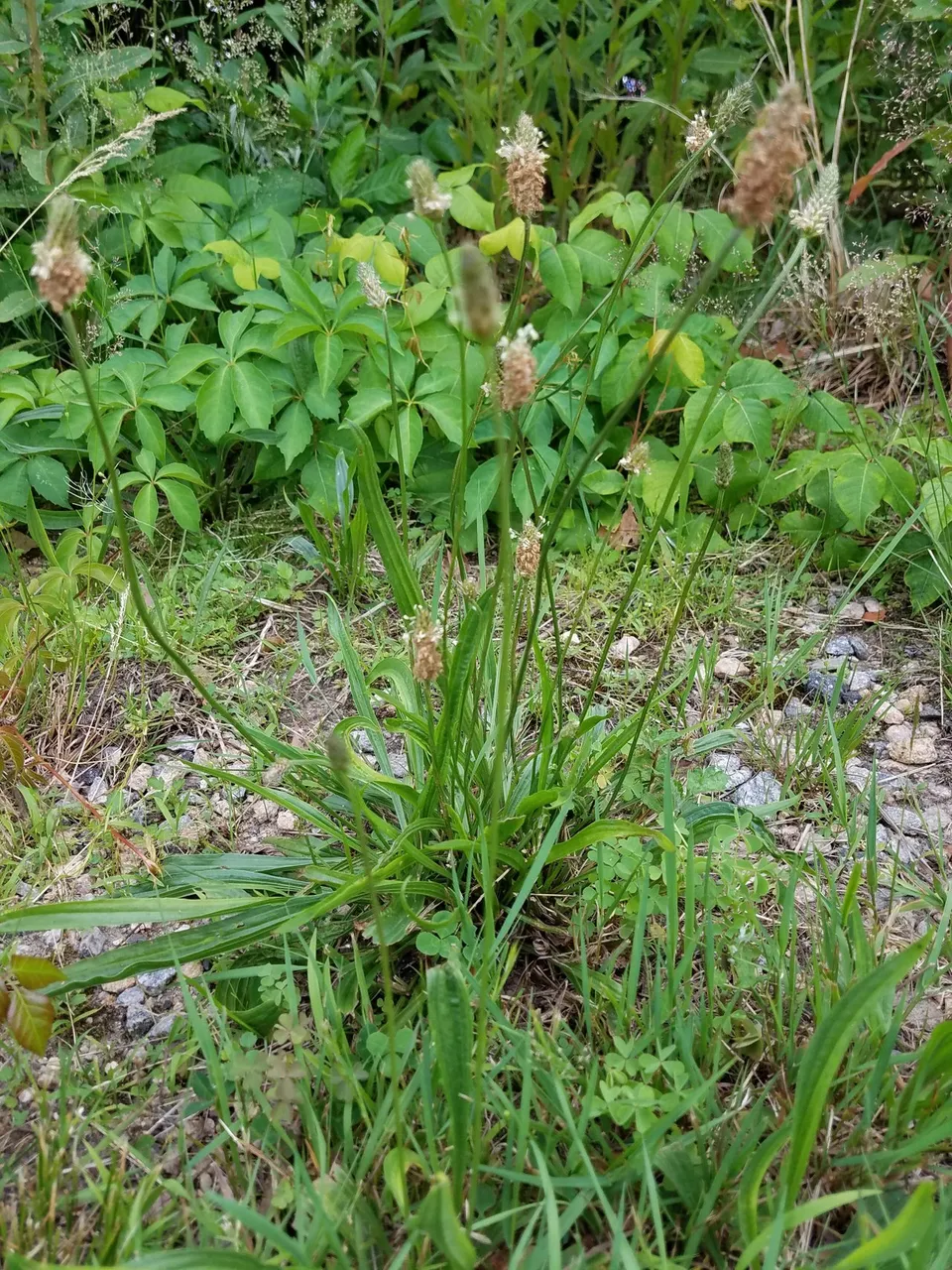
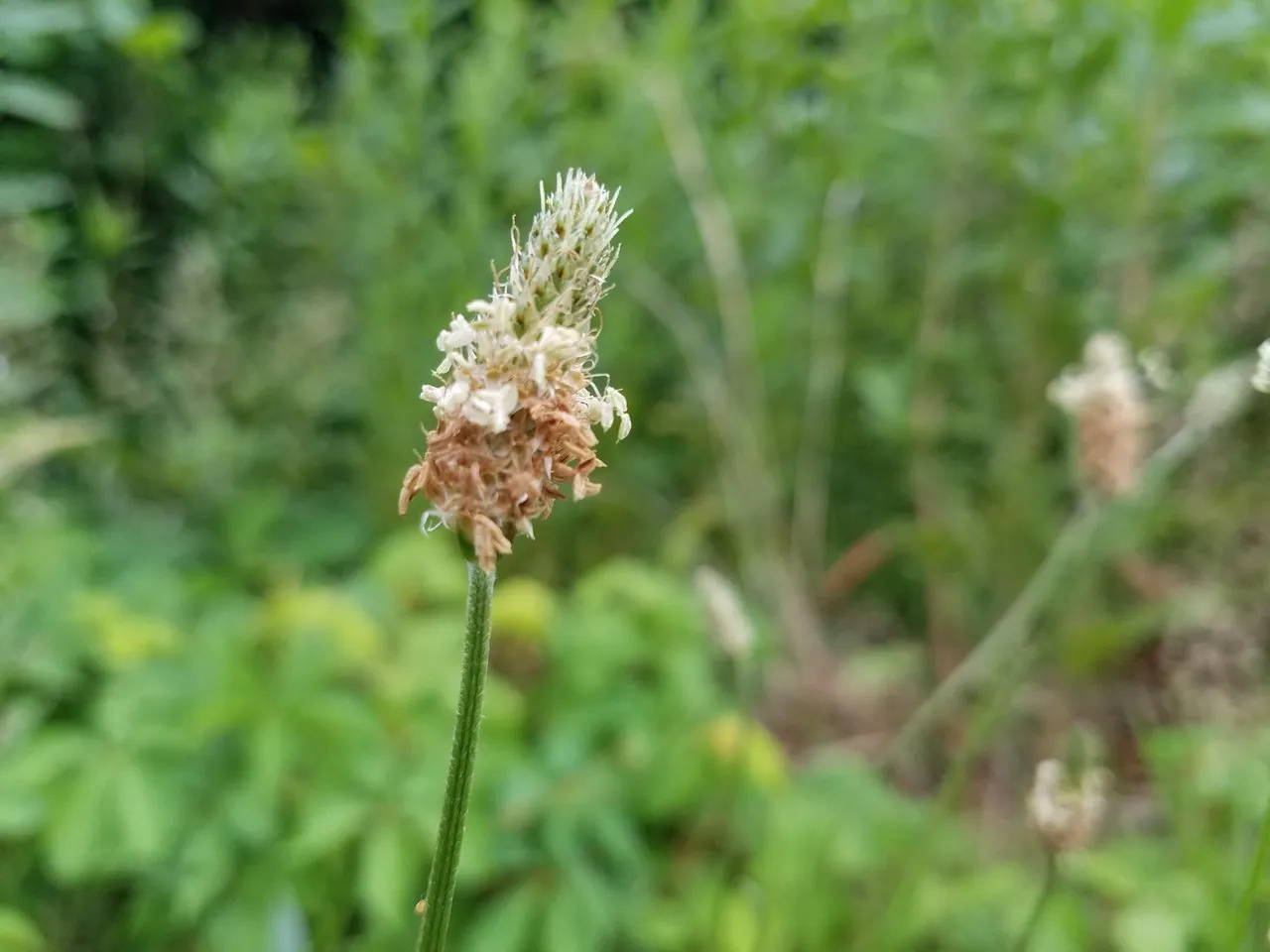

Harvesting
Leaves:
Fresh plantain leaves can be picked as needed and crushed or chewed for medicinal uses. Leaves can be harvested and frozen for use during the winter. Leaves can also be harvested and dried. I prefer to cut the leaves near the base, and then turn them daily on a mesh screen until they have fully dried.
Seeds:
When the seeds are ripe, pull the entire stalk off the plant. Dry the seed head fully, and then strip the dried seeds off the stalk. They are best stored in brown paper bags or in an airtight jar.
Uses
Tea:
The dried leaves can be used as a tea by taking 1 teaspoon of dried leaves and steeping in hot water for 5-10 minutes. Fresh leaves can also be used, but the quantity must be increased.
Plantain tea is a great medicine for coughs, mild bronchitis, sore throat, irritable bowels and stomach ulcers.
Tincture:
Pick fresh plantain leaves and blend them with enough vodka to just cover them. Blend until the mixture is a green mush, and then pour into a jar. Keep the jar in a cool dark place for about three days, then strain the solids from the liquid and keep the liquid in an airtight bottle.
Plantain tincture is used for many of the same ailments as plantain tea. Dosage is ½ to 1 teaspoon three times a day.
Raw leaves:
The raw leaves can be cut or plucked when young and added to salads. If the leaves are too stringy, then they can be blanched in boiling water for a minute or two so they soften up.
The raw leaves of the plantain, especially ribwort plantain, are by far the best trail-side antidote to insect bites and stings. When fresh plantain leaves are chewed up and applied to an insect sting, the relief is almost instant. When crushed and mixed with equal parts oatmeal and water, the resulting “plaster” has an intense healing effect on almost all skin ailments. Rashes, cuts, allergic reactions, insect bites, burns and acne are just a few of the things that freshly ground up plantain leaves is effective at remedying.
Seeds:
The seeds and husks can be ground in a coffee grinder, or used whole. The seeds are great added to salads, yogurt with berries, or sprinkled on any food one to three times daily.
The seeds are great for curing ailments like constipation or irritable bowels.
Succus:
Juice fresh plantains leaves and mix the juice with an equal amount of honey. It works best if the honey has been slightly warmed to make it run better. Keep this in mixture in a clean, sterile bottle and store in a cool dark place.
The plantain succus can be used for sore throats, coughs, and stomach ulcers. It can also be applied externally as a wound dressing for cuts, scrapes and other sores.
General Disclaimer
None of the advice here should be considered medical advice. I am not a doctor, nor do I advocate herbal supplements as the only source of healing. Some things require medical attention. These are my own experiences with the plant and you should take all precautions to correctly identify every plant you plan on putting in or on your body. Mistakes in nature can be dangerous or fatal. Please use caution when eating and using wild plants.
All the images are my original, taken with Samsung Galaxy 7 while hiking, around the yard etc.
I use various sources for learning about wild edibles. Here are the three main sources I used to compile this article. I am not affiliated with any of these sources in any way.
Book: Backyard Medicine
Webiste: Eat The Weeds Website
Website: Edible Wild Food